 News
News
Ward Solutions – Helping you to Optimise your Threat…
Ward Solutions – Helping you to Optimise your Threat Hunting Efficiency and Effectiveness
Threat hunting, also known as cyberthreat hunting, is a proactive approach to identifying previously unknown, or ongoing non-remediated threats, within an organization’s network.
In other words, threat hunting is the practice of looking through the network, endpoints, and datasets to hunt malicious, suspicious, or risky activities that have evaded detection by existing tools in order to neutralise or remove them and prevent them from getting in in the future.
How threat hunting works
Threat hunters are extremely qualified, experienced cybersecurity professionals who establish or require a hypothesis, examine the environment by searching for all accessible evidence to support their theory, and finally form an opinion that may verify or deny the hypothesis.
New intelligence, deviation from a baseline measure, a newly recognized TTP, an alarm from detection technologies like SIEM or EDR, or another sign in the network or the external environment are used to build hypotheses. Therefore we need to help ensure that whatever limited resources are available we need to help these resources to deliver valuable work as efficiently and effectively as possible.
The following are some examples of hunting hypotheses:
- In my connection, there might be APT29-related activities.
- The Sunburst malware was initially published in April of last year. There might be some occurrences from April in our network that are relevant.
- It’s possible that our terminals were used to visit this malicious URL.
- Some of our hosting apps may have visited this rogue IP address.
- A new Trickbot malware strain has been discovered in the wild. This new variation may already be in our database.
What problems does Ward Solutions Detection Analytics (DA) address?
-Choosing and developing the right hypothesis
What is the best hypothesis to start with or try next? This choice is based on several factors, both external and internal, to the database server. Changes in the threat landscape, the latest knowledge on a breach that occurred elsewhere, suspicious activity such as a file discovered for the first time, changes in the database server, and other factors might all play a part in triggering a search. Such triggers are plentiful, but security analysts who can conduct hunting and their time are in short supply. With a high alternative cost, coming up with the most applicable hypothesis is a big issue.
-Data Accessibility
No matter how skilled or experienced a threat hunter may be, they must rely on the data possible to find signs of a threat. Security analysts will be unable to conclude or provide a false-negative result if detection technologies such as SIEMs and EDRs do not include the relevant data or the logs do not have the requisite degree of information.
How does Ward Solutions Detection Analytics help?
Ward solutions delivers a breach attack simulation service in partnership with PICUS Security. PICUS Security toolset has a very sophisticated complete security control validation platform. This platform and Wards Service helps an organisation to identify the capacity, capabilities and limitations or weaknesses in an organisation’s security infrastructure. It also builds a baseline of their infrastructure security. Any low set baseline could indicate a network segment where malicious content or activity may be hiding or operating from.
Threat samples in the Picus Library are presented with their unique identifiers, such as the file name, MD5, or SHA256 hash information. More importantly, the information provided on attack campaigns contains all TTPs as mapped to MITRE ATT&CK. Using this rich threat information provided for more than ten thousand advanced threat samples, saving threat hunters from significant preparation time and can trace the indicators with precision and speed, thus making them more efficient and effective.
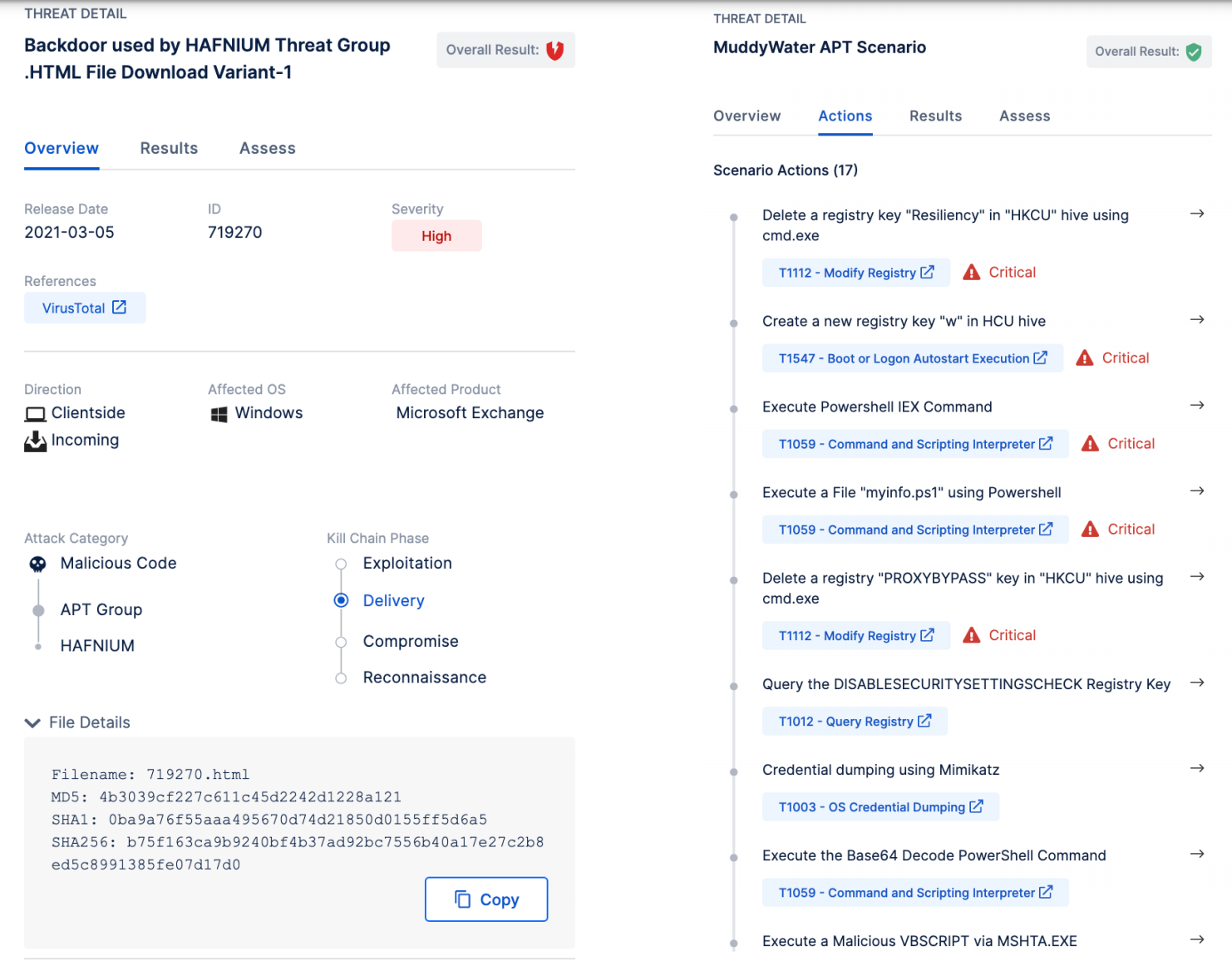
Ward Solutions Detection Analytics aids in the maintenance of a strong log base and infrastructure. Ward Solutions Detection Analytics enables SOC teams to have a well-scoped and threat-aware log base on SIEMs and EDRs continually updated to reflect changes in the hostile landscape and technological infrastructure. This surveillance is crucial because security analysts rely on the information provided to them.
Blue Team Content generated by Picus provides insight on TTPs used by adversaries. Adversaries change indicators of compromises (IoCs) frequently.
To do successful and well-defined threat hunting, security analysts must go beyond IoCs and get a thorough understanding of TTPs, which represent the real nature of hostile actions. However, evaluating and creating queries based on TTPs takes a significant amount of time and work.
Security analysts may acquire the TTP context simpler thanks to detection content created by Picus Labs’ specialized Blue Team Engineers. Detection Engineers develop, test, and verify:
- SIGMA, a generic and open signature format for SIEM products,
- Vendor-specific rules for SIEMs, IBM QRadar, Splunk, Micro Focus ArcSight, and the EDR VMware Carbon Black. This coverage continually widens.
Security analysts may get TTP knowledge from Sigma and vendor-specific rules, which saves time and effort by helping them to quickly grasp the opponents’ game strategy.
Contact Ward Solutions Today to See How We Can Help You Conduct Efficient and Effective Threat Hunting:
- Contact our sales team: Information Security – Ward Solutions or call 01 6420100
- To get more information visit our website at Security Testing

 A study5 by Ponemon Institute supports the findings of the SANS survey. Even though organizations’ first choice is a SIEM technology to detect malicious activities, on average 25% of those detections are false positives, and 55% of alerts triggered by detections are not attended to.
A study5 by Ponemon Institute supports the findings of the SANS survey. Even though organizations’ first choice is a SIEM technology to detect malicious activities, on average 25% of those detections are false positives, and 55% of alerts triggered by detections are not attended to.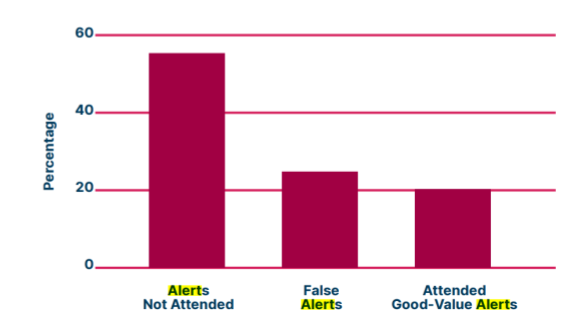

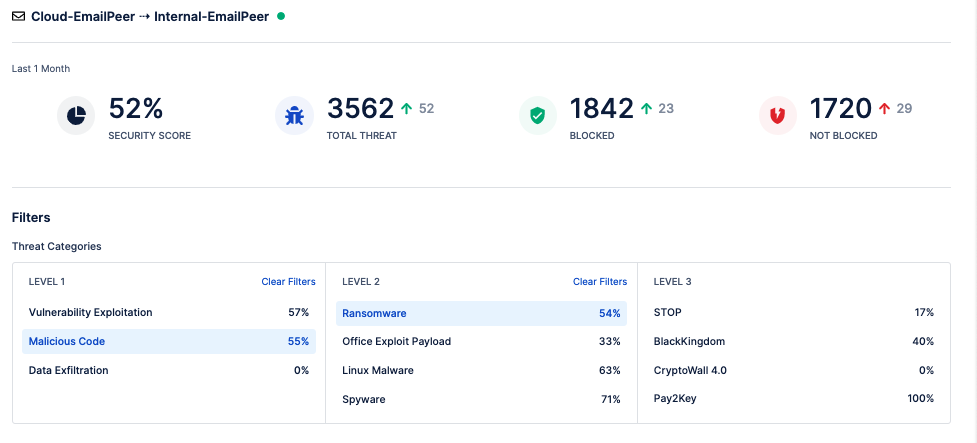
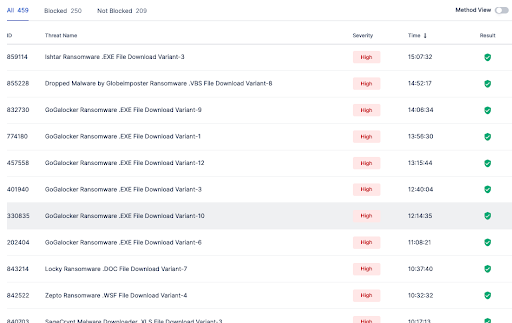
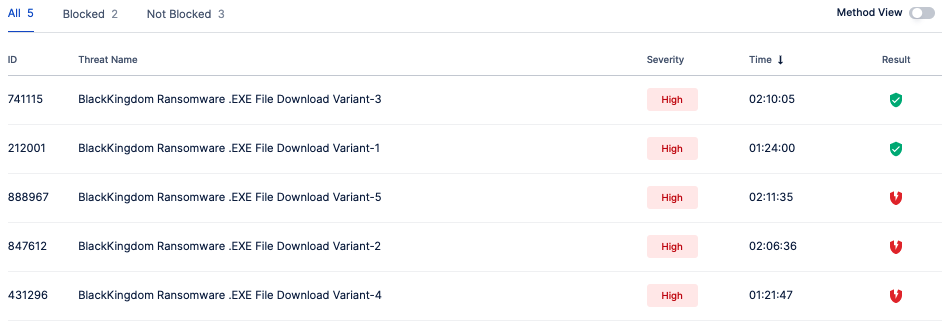
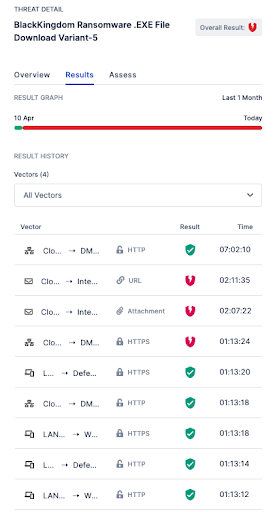



 There are 4 significant challenges with the current use of cybersecurity testing solutions:
There are 4 significant challenges with the current use of cybersecurity testing solutions: 






